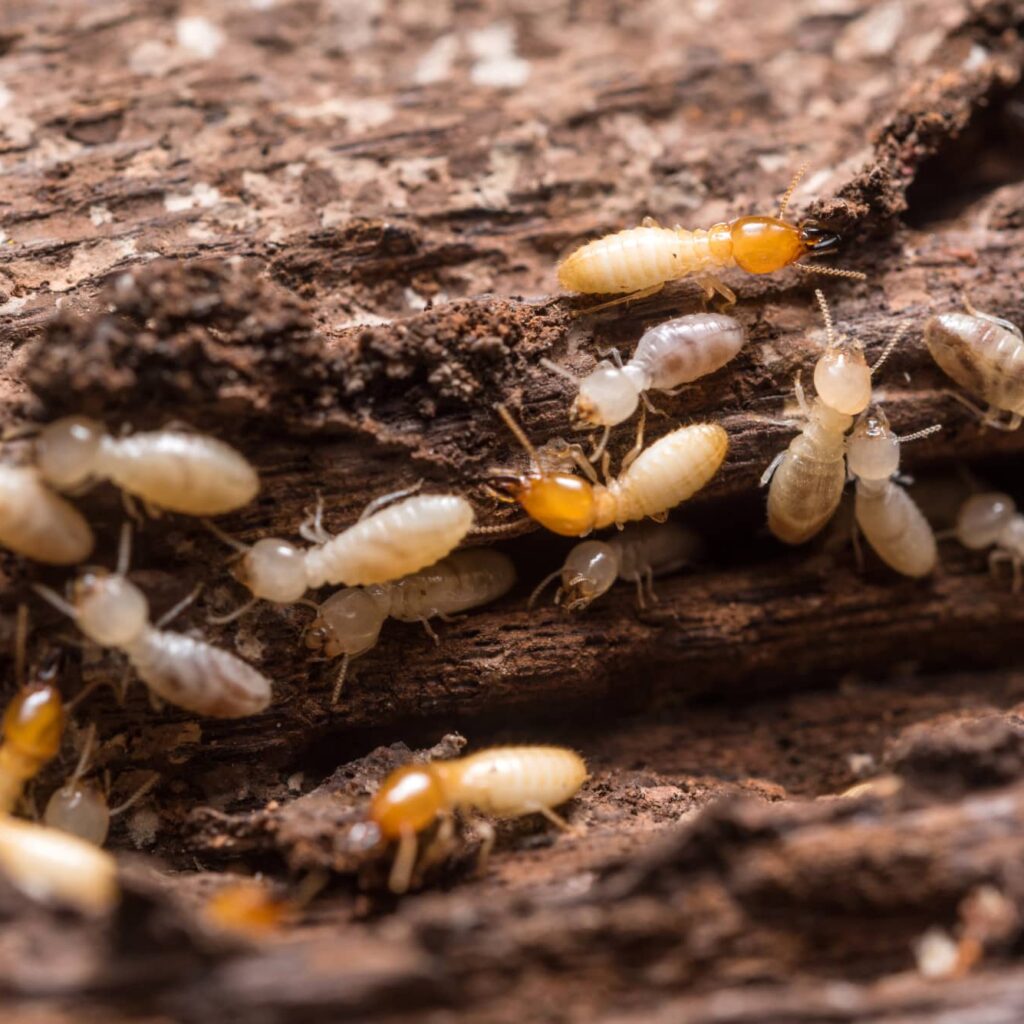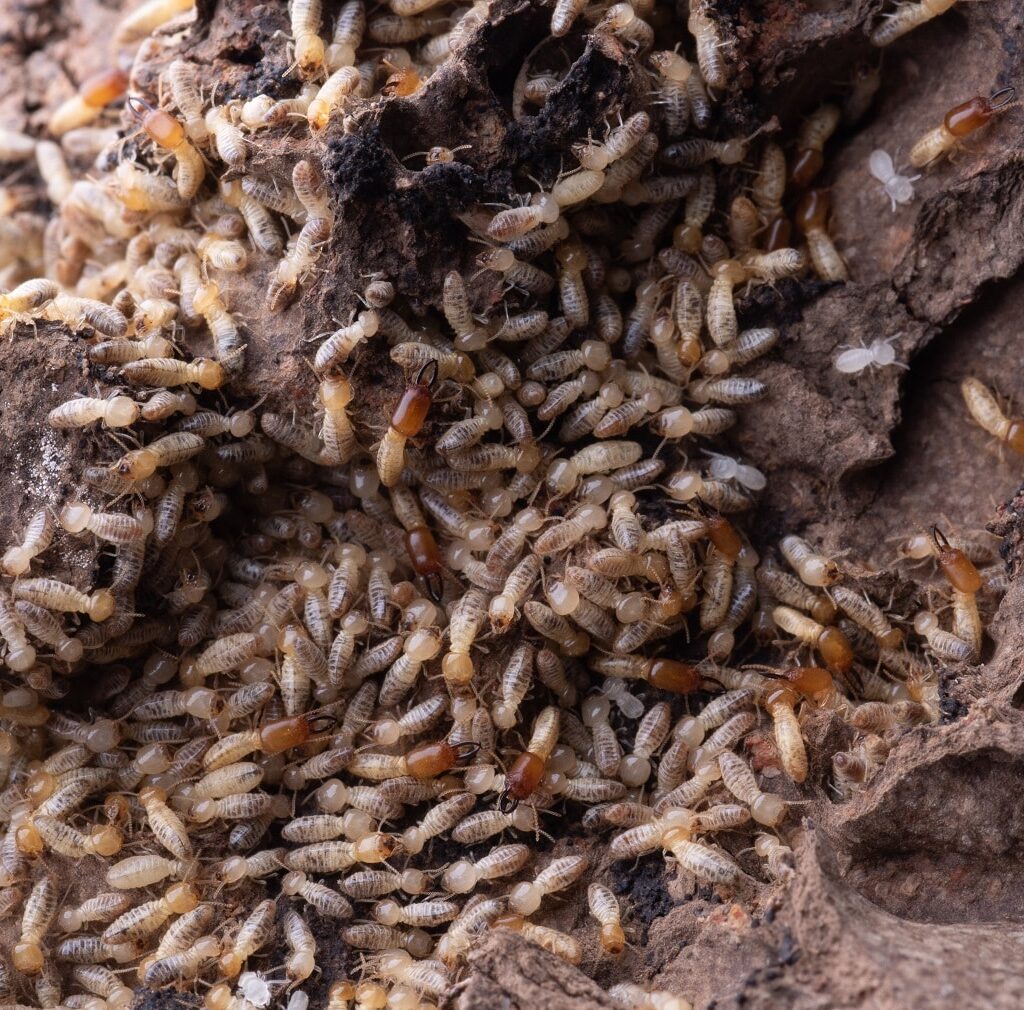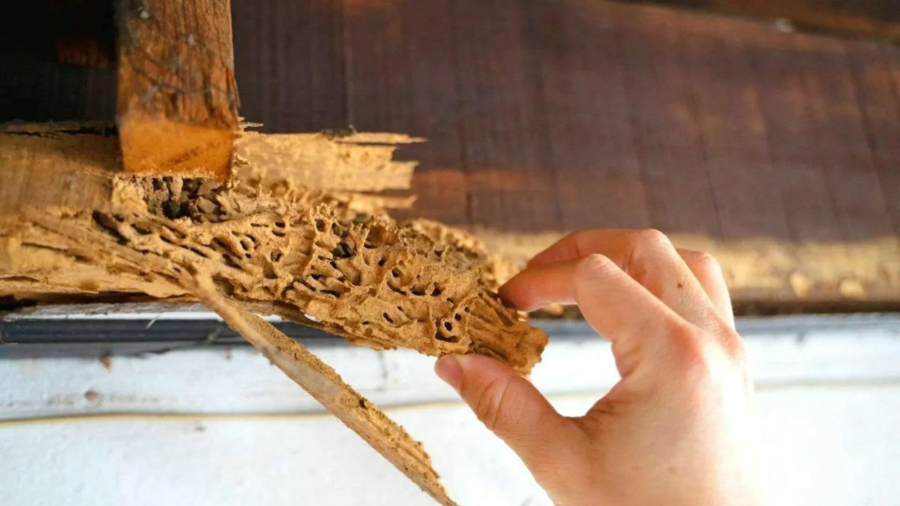Termites are often referred to as “silent destroyers” due to their ability to chew through wood, flooring, and even wallpaper without being detected. For homeowners, discovering termites can be a distressing experience, as these pests can cause significant structural damage if left untreated. This article will guide you through the steps to take when you discover termites in your home, ensuring you can effectively manage the situation and protect your property.
Understanding Termites
Before diving into termite pest control sydney, it is essential to understand what termites are and how they operate. Termites are social insects that live in colonies and primarily feed on cellulose, a component found in wood and plant matter. There are several species of termites, but the two most common types that invade homes are subterranean and drywood termites. These insects play a crucial role in the ecosystem by breaking down dead and decaying plant material, thus contributing to nutrient cycling in the soil. However, when they invade human structures, their destructive capabilities can lead to severe structural damage, costing homeowners thousands in repairs.
Types of Termites
Subterranean termites build their nests underground and are often found in damp, decaying wood. They can travel through the soil to reach wooden structures, making them particularly dangerous. These termites are known for their highly organised colonies, which can number in the millions, and they work tirelessly to expand their nests. Drywood termites, on the other hand, infest dry wood and do not require contact with soil. They can live within the wood they consume, making them harder to detect until significant damage has occurred. The life cycle of a termite is fascinating, as it includes several stages: egg, nymph, and adult, with each caste playing a specific role in the colony, from workers to soldiers and reproductive individuals.
Signs of Infestation
Recognising the signs of a termite infestation early can save homeowners a considerable amount of money and stress. Common indicators include:
Frass: This is termite droppings, resembling small pellets, often found near infested wood.
Mud tubes: Subterranean termites create mud tubes to protect themselves while travelling between their nest and food sources.
Damaged wood: Wood that sounds hollow when tapped or has visible tunnels may indicate termite activity.
In addition to these signs, homeowners should also be vigilant for swarming termites, which typically occur in the spring. These winged termites leave their colonies to mate and establish new colonies, and their presence can be a clear indicator of an existing problem. Furthermore, if you notice any unexplained sagging in floors or ceilings, or if doors and windows suddenly become difficult to open, it could be a sign of extensive wood damage caused by these pests. Regular inspections and preventative measures can help mitigate the risks associated with termite infestations, ensuring that your home remains safe and sound. Read more about the signs of termite infestation at https://njaes.rutgers.edu/fs338/

Initial Steps to Take Upon Discovery
Upon discovering termites, immediate action is crucial. The first step is to assess the situation and determine the extent of the infestation. Here are some initial steps to consider:
1. Confirm the Infestation
Before taking any drastic measures, it is essential to confirm that the pests are indeed termites. Other wood-destroying insects, such as carpenter ants or wood-boring beetles, can cause similar damage. If possible, collect a sample of the insects for identification or take clear photographs to show a pest control professional.
2. Avoid Disturbing the Area
While it may be tempting to start removing infested wood or attempting DIY treatments, it is advisable to avoid disturbing the area. Disturbing the wood can cause termites to scatter, making them harder to eliminate. Instead, focus on containing the problem to prevent further damage.
3. Document the Damage
Take photographs and notes of the damage caused by the termites. This documentation can be useful for pest control professionals and may also be necessary for insurance claims. Ensure to include details such as the location of the infestation and any visible signs of damage.
Choosing a Pest Control Professional
When dealing with a termite infestation, enlisting the help of a qualified pest control professional is often the best course of action. Here are some tips for selecting the right expert:
1. Research Local Pest Control Companies
Start by researching local pest control companies that specialise in termite removal. Look for companies with good reviews and a solid reputation. Websites, social media, and local forums can be valuable resources for finding recommendations.
2. Verify Credentials
Ensure that the pest control professionals you consider are licensed and insured. This not only protects you but also ensures that the technicians are trained in effective termite treatment methods. Ask for references and check their track record in dealing with termite infestations.
3. Obtain Multiple Quotes
It is wise to obtain quotes from multiple companies before making a decision. This will give you a clearer picture of the average costs and services offered. Be cautious of prices that seem too low, as they may indicate a lack of thoroughness or quality in service. Click here for a guide for homeowners.
Understanding Treatment Options
Once a pest control professional assesses the situation, they will recommend treatment options based on the severity of the infestation and the type of termites present. Common treatment methods include:
1. Liquid Termiticides
Liquid termiticides are applied to the soil around the foundation of the home, creating a barrier that prevents termites from entering. This method is particularly effective for subterranean termites and can provide long-lasting protection.
2. Baiting Systems
Baiting systems involve placing bait stations around the property that contain slow-acting insecticides. Termites consume the bait and take it back to their colony, ultimately leading to the elimination of the entire colony. This method can be effective but may take longer to show results.
3. Fumigation
For severe infestations, particularly with drywood termites, fumigation may be necessary. This process involves sealing the home and introducing a gas that penetrates all wood surfaces, killing termites within. Fumigation is a more invasive option and typically requires homeowners to vacate the property for a few days.

Preventing Future Infestations
After successfully removing termites, it is crucial to take steps to prevent future infestations. Here are some effective prevention strategies:
1. Maintain Proper Drainage
Ensure that gutters and downspouts direct water away from the foundation of the home. Standing water can attract termites and create an environment conducive to their survival. Regularly check for leaks and repair any plumbing issues promptly.
2. Reduce Wood-to-Soil Contact
Termites thrive in moist environments, so it is essential to minimise wood-to-soil contact around the home. Use concrete or metal barriers for decks and fences, and avoid storing firewood or wooden materials directly against the house.
3. Schedule Regular Inspections
Consider scheduling regular pest inspections, especially if you live in an area prone to termite infestations. Early detection can prevent a small problem from becoming a significant issue. Many pest control companies offer annual inspection services to help homeowners stay vigilant.
Conclusion
Discovering termites in your home can be alarming, but prompt action can mitigate damage and protect your property. Understanding the types of termites, recognising the signs of infestation, and seeking professional help are crucial steps in effective termite removal. By implementing preventative measures, homeowners can safeguard their homes against future infestations, ensuring peace of mind and maintaining the integrity of their property.
In summary, being proactive and informed about termite management is essential for every homeowner. With the right approach, termite infestations can be effectively dealt with, allowing you to enjoy your home without the worry of these destructive pests.
Related : Termite Control Sydney: Choosing the Best Treatment for Long-Term Protection

